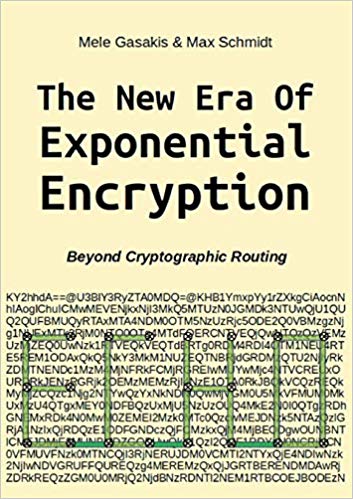In their book “Era of Exponential Encryption — Beyond Cryptographic Routing” the authors provide a vision that can demonstrate an increasing multiplication of options for encryption and decryption processes: Similar to a grain of rice that doubles exponentially in every field of a chessboard, more and more newer concepts and programming in the area of cryptography increase these manifolds: both, encryption and decryption, require more session-related and multiple keys, so that numerous options even exist for configuring hybrid encryption: with different keys and algorithms, symmetric and asymmetrical methods, or even modern multiple encryption, with that ciphertext is converted again and again to ciphertext. It will be analyzed how a handful of newer applications like e.g. Spot-On and GoldBug E-Mail Client & Crypto Chat Messenger and other open source software programming implement these encryption mechanisms. Renewing a key several times — within the dedicated session with “cryptographic calling” — has forwarded the term of “perfect forward secrecy” to “instant perfect forward secrecy” (IPFS). But even more: if in advance a bunch of keys is sent, a decoding of a message has to consider not only one present session key, but over dozens of keys are sent — prior before the message arrives. The new paradigm of IPFS has already turned into the newer concept of these Fiasco Keys are keys, which provide over a dozen possible ephemeral keys within one session and define Fiasco Forwarding, the approach which complements and follows IPFS. And further: by adding routing- and graph-theory to the encryption process, which is a constant part of the so called Echo Protocol, an encrypted packet might take different graphs and routes within the network. This shifts the current status to a new age: The Era of Exponential Encryption, so the vision and description of the authors. If routing does not require destination information but is replaced by cryptographic in.
The New Era of Exponential Encryption
Posted in encryption, information science
Read more
